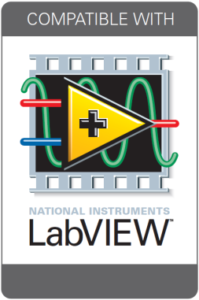In April 2014 Microsoft will stop supporting Windows XP. Microsoft has developed a Compatibility Toolkit (ACT) to see if your current computer will be able to support the transition to Windows 7.
Through experience and hard work, we’ve identified fixes to common issues moving LabVIEW to Windows 7. Some of the issues we have encountered during upgrades include getting administrative rights to the system and accounting for the Windows 7 directory structure change where the files are located at “C:\Program Files (x86)\” instead of “C:\Program Files\” for non-native Windows 7 applications.
Additionally, issues may occur if your computer is part of a domain where certain Windows Services start up automatically on boot-up. If you run into a domain issue you may want to try the following:








